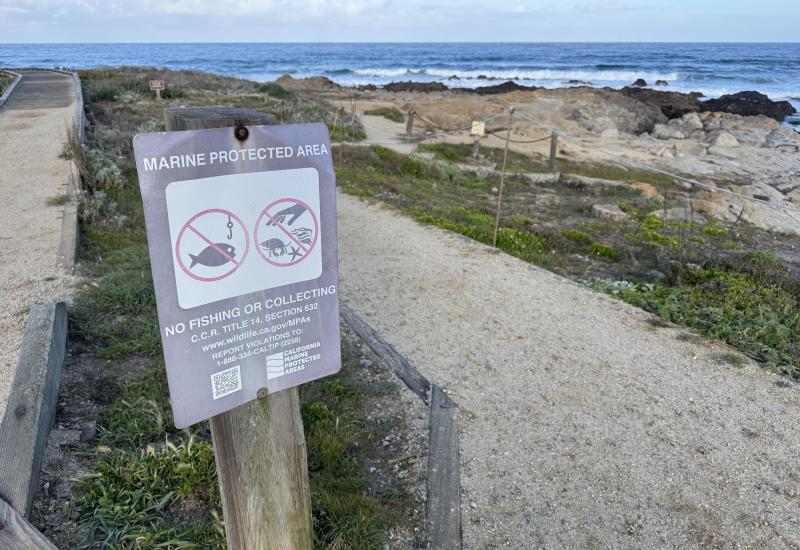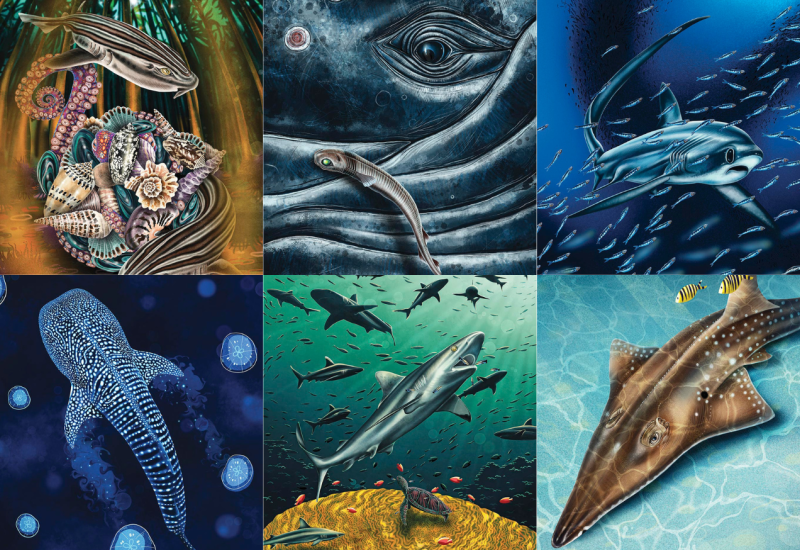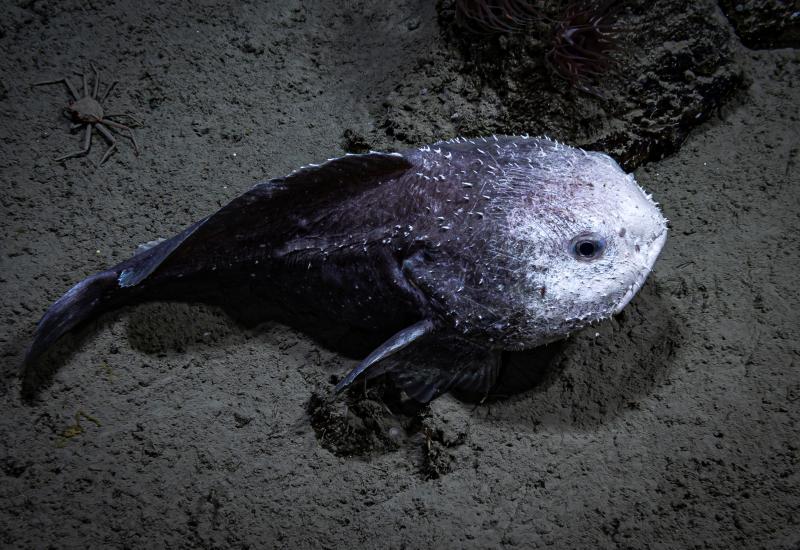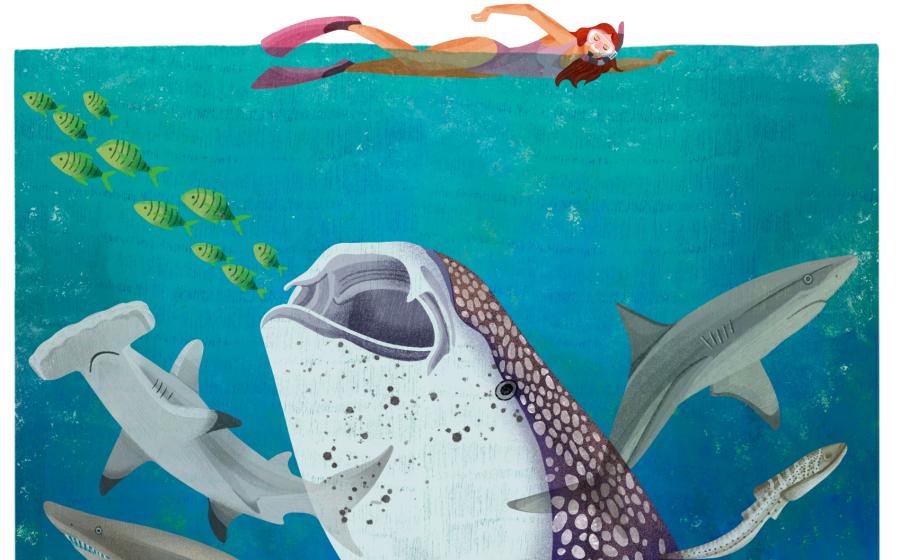Clownfish Facts: 6 Things You Didn't Know
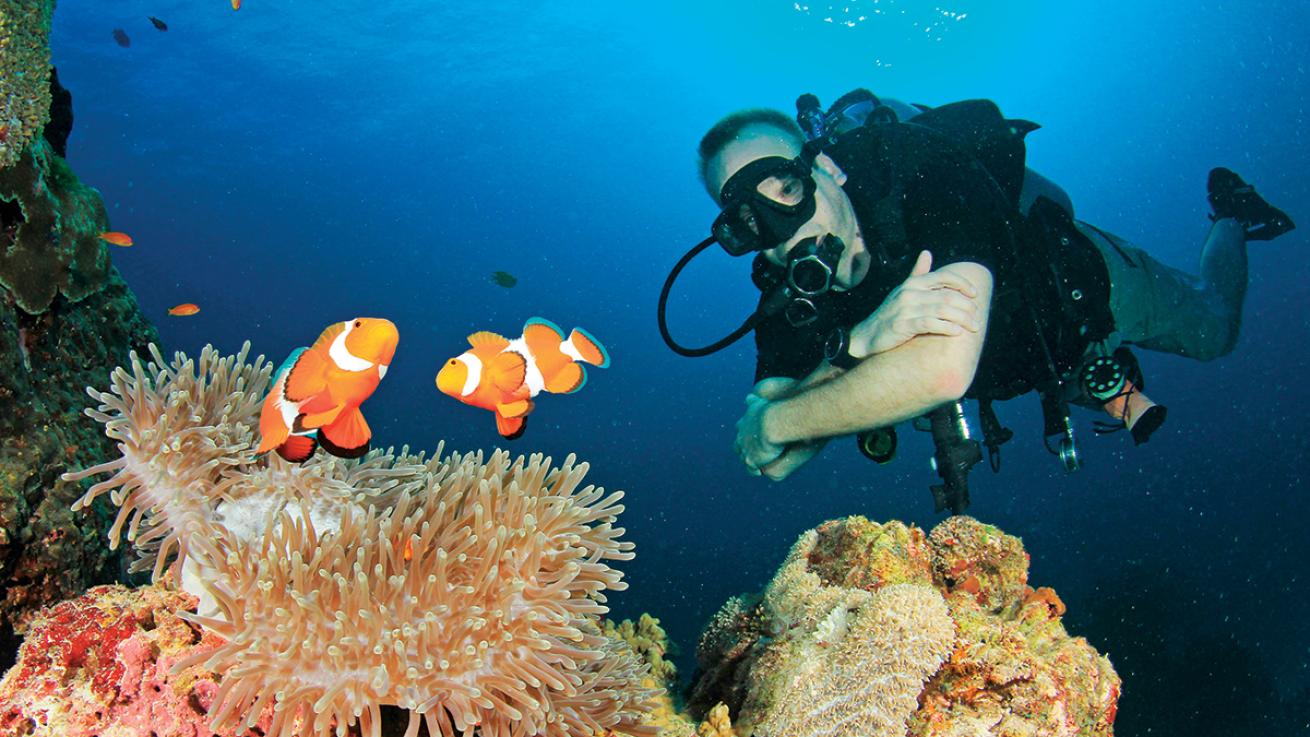
Rich Carey/shutterstock.comLearn why the star of Finding Nemo is one of the most interesting fish in the sea.
Species Snapshot: Clown anemonefish (Amphiprion percula)
Max length: 3.5 inches
Conservation status: Least Concern, IUCN Red List
Distribution: From New Guinea and the Solomon Islands to the Great Barrier Reef in the south and Vanuatu to the east
Looks can be deceiving. Consider the anemonefish: This cute reef dweller looks like a bundle of joy as it bounces up and down inside its anemone home. But get too close, and you’ll quickly learn that anemonefish (commonly referred to as clownfish) are a feisty, territorial bunch. And these behaviors are among the reasons they’re favorites for divers to encounter and study.
1) Anemonefish and their hosts are intrinsically connected — this is among the most famous examples of a symbiotic relationship. But it still requires some old-fashioned courtship for these two to be paired. An anemonefish can withstand hours and even days gently touching a potential host’s tentacles with various parts of its body, developing an acclimating layer of mucus that protects it from the anemone’s sting. Once it’s taken up refuge, the otherwise defenseless fish gains protection from predators inside this stinging organism, while feeding the anemone with its scraps and protecting it with its aggressive posturing from predators such as butterflyfish.
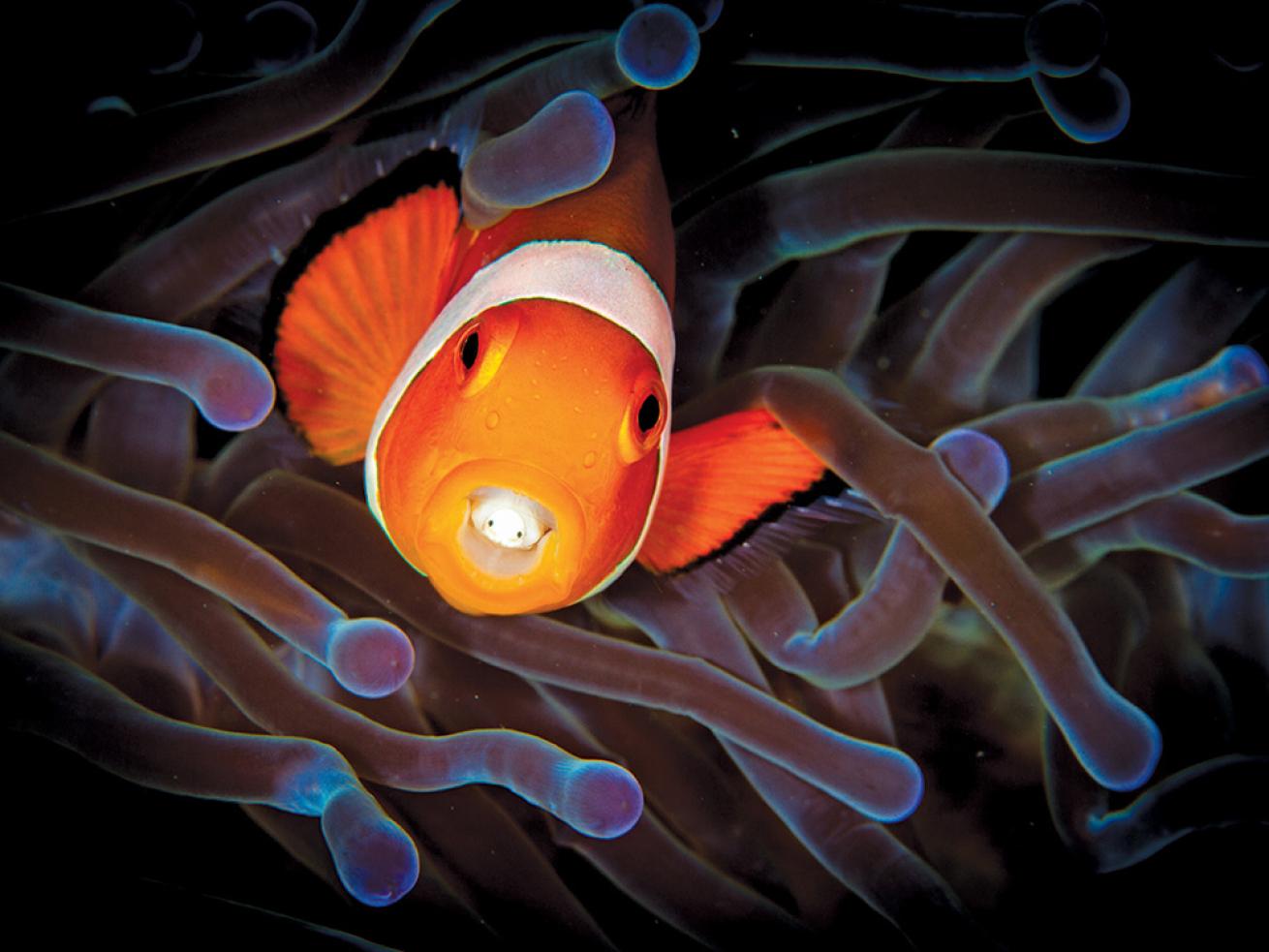
Kristina Vackova/Shutterstock.comAnemonefish can be found with parasitic isopods attached to their tongues.
2) In the wake of the 2003 box-office smash Finding Nemo, reports estimated that demand for clownfish in the aquarium trade tripled. But anemonefish were among the first fish to be bred in captivity, and now most of the anemonefish in the aquarium trade are bred in captivity rather than taken from the wild, according to aquariumtradedata.org, a database compiled by marine biologists.
3) There are about 30 recognized species of anemonefish, and not all have that classic Nemo look — who is actually a false clown anemonefish (Amphiprion ocellaris). Anemonefish can grow up to about 6 inches in length, and have different colors and characteristics based on their species and sex.
4) Speaking of sex, all anemonefish are born male. They operate in a strict hierarchy, with the largest in the community becoming the lone female in a mating pair with the largest male. The female bullies her mate, ensuring he does not grow too large and change sexes. When the female dies, her mate changes sexes to become the matriarch of the community, and everyone moves up. So, when Nemo’s mom died, Marlin should’ve transitioned sexes, with Nemo growing up to mate with his former father. Not exactly a classic Disney trope.
5) Look out for a little pair of eyes in an anemonefish’s mouth. A parasitic species of isopod can attach itself to the tongue, permanently taking over that organ and feeding when the fish eats. It enters through the gills and sets up camp in the mouth with its hooklike appendages. Scientists believe that most clownfish can continue to live normally.
6) Anemonefish are omnivorous; their diet includes algae, small crustaceans and mollusks, worms and plankton. They can be found in the Indian Ocean, Red Sea and western Pacific Ocean.

